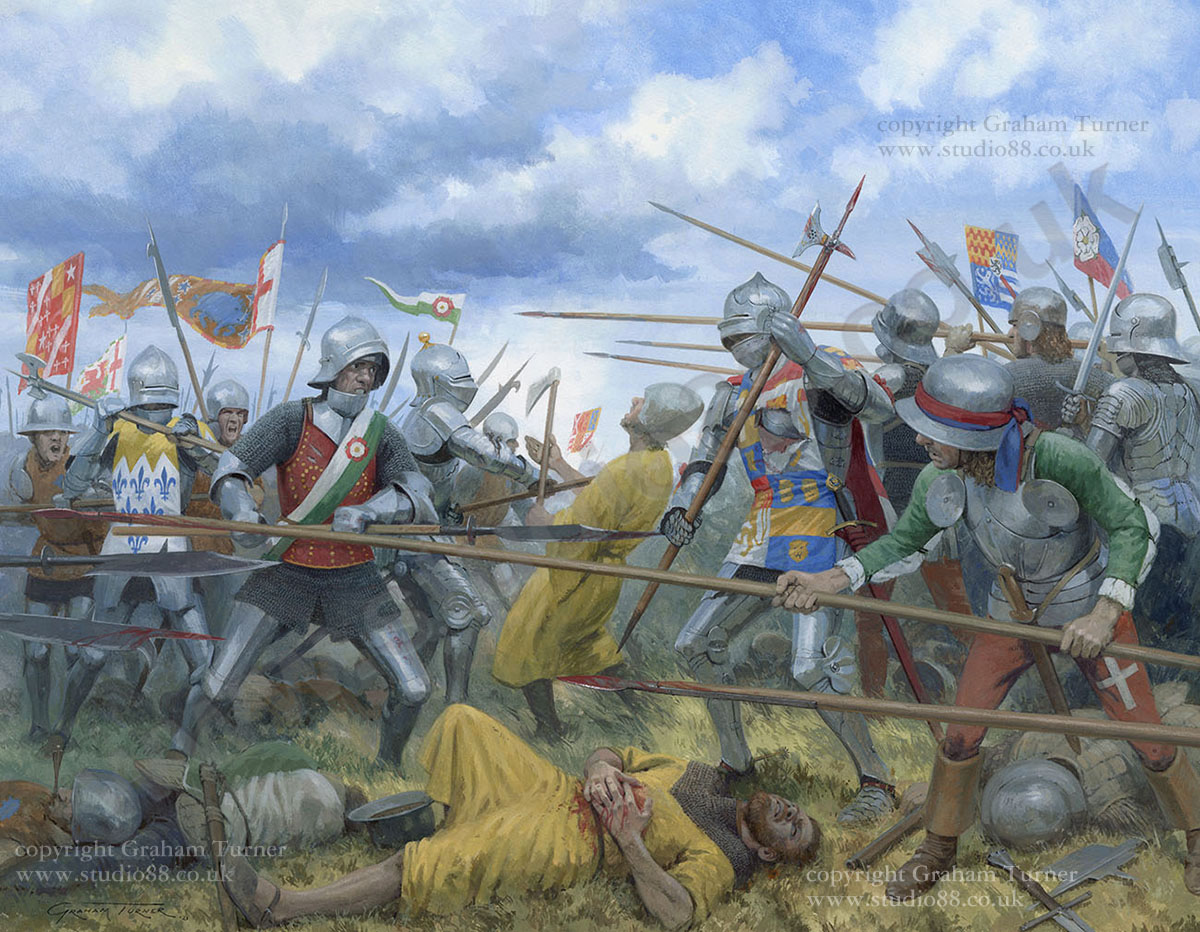First Battle of St Albans
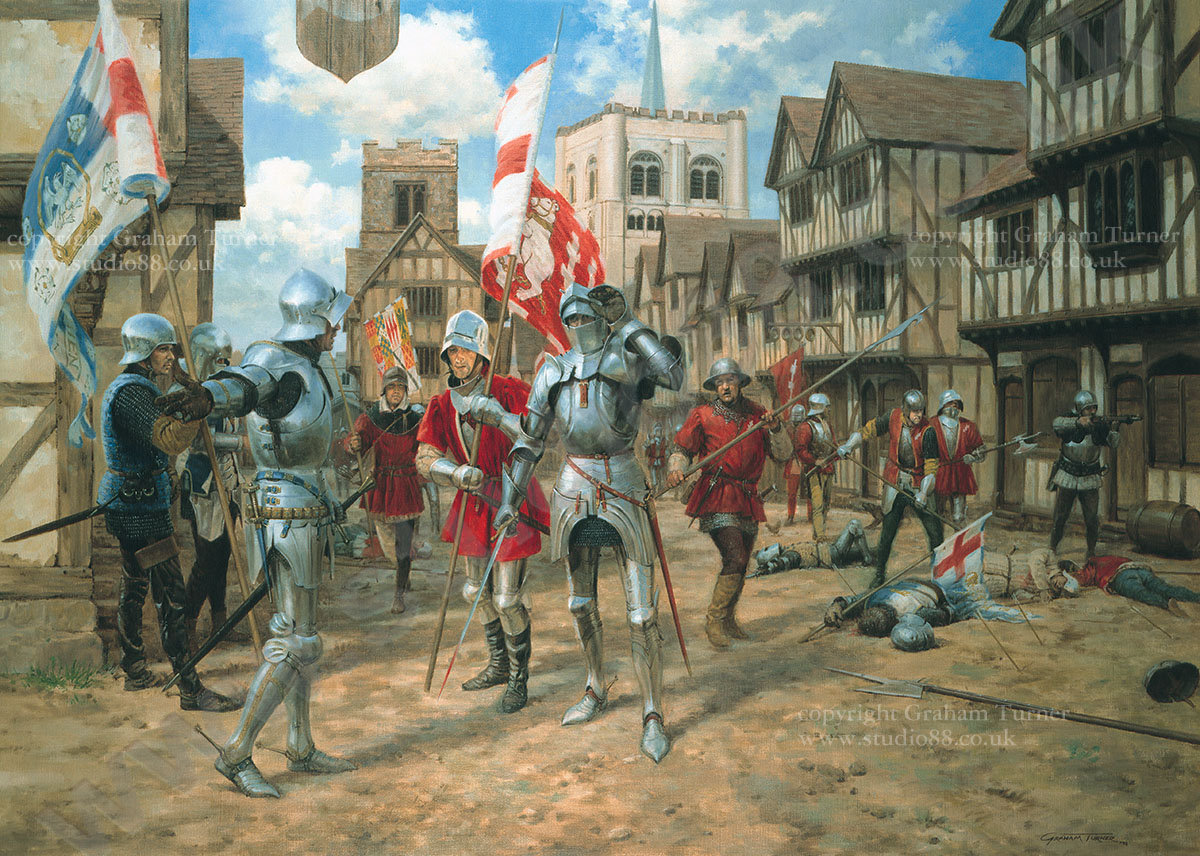
Video
The First Battle of St Albans occurred on 22 May 1455 in St Albans, located 22 miles (35 km) north of London. The battle marked the onset of the Wars of the Roses, featuring a confrontation between the Yorkist forces, led by Richard, Duke of York, and his allies, the Earls of Salisbury and Warwick, against a royal army commanded by Edmund Beaufort, Duke of Somerset. The Lancastrian army, numbering approximately 2,000 troops, took position in the town, with defensive measures established along the Tonman Ditch and at key points in Sopwell Lane and Shropshire Lane. The Yorkist forces, totaling around 7,000, camped in Keyfield to the east of the town.
Following failed negotiations between the two sides, Richard of York decided to launch an attack. The initial assaults by the Yorkists against the barricades near St Peter's Church resulted in heavy casualties, as many of the Lancastrian troops were unprepared for combat. Warwick, however, led a successful flanking maneuver through the town's back lanes, catching the Lancastrians off guard in the market square. The ensuing chaos led to the rout of Somerset's forces, with significant casualties among the Lancastrian leadership, including the deaths of Somerset and the Earl of Northumberland. The battle lasted no more than half an hour, characterized by the rapid and unexpected charge of Warwick's forces.
Casualty estimates indicate that fewer than sixty men were killed during the engagement, despite the scale of the forces involved. The political ramifications were significant, as York captured King Henry VI, effectively restoring his own power and positioning himself as Lord Protector. The battle established Warwick's reputation as a formidable military leader, setting the stage for future conflicts in the Wars of the Roses.
Result/Victory
 Yorkist
Yorkist

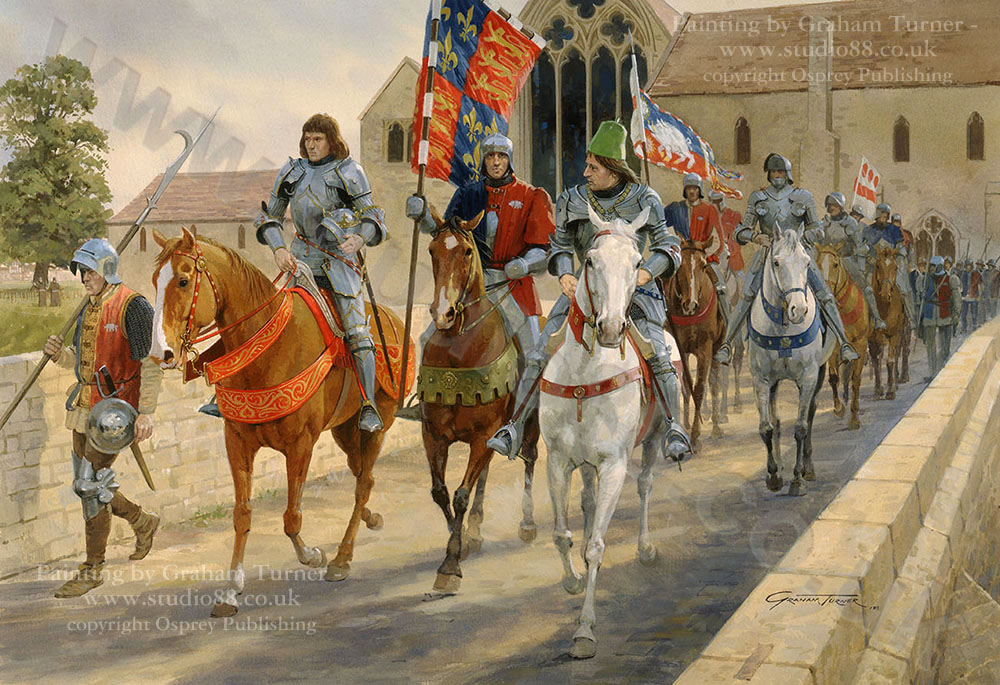

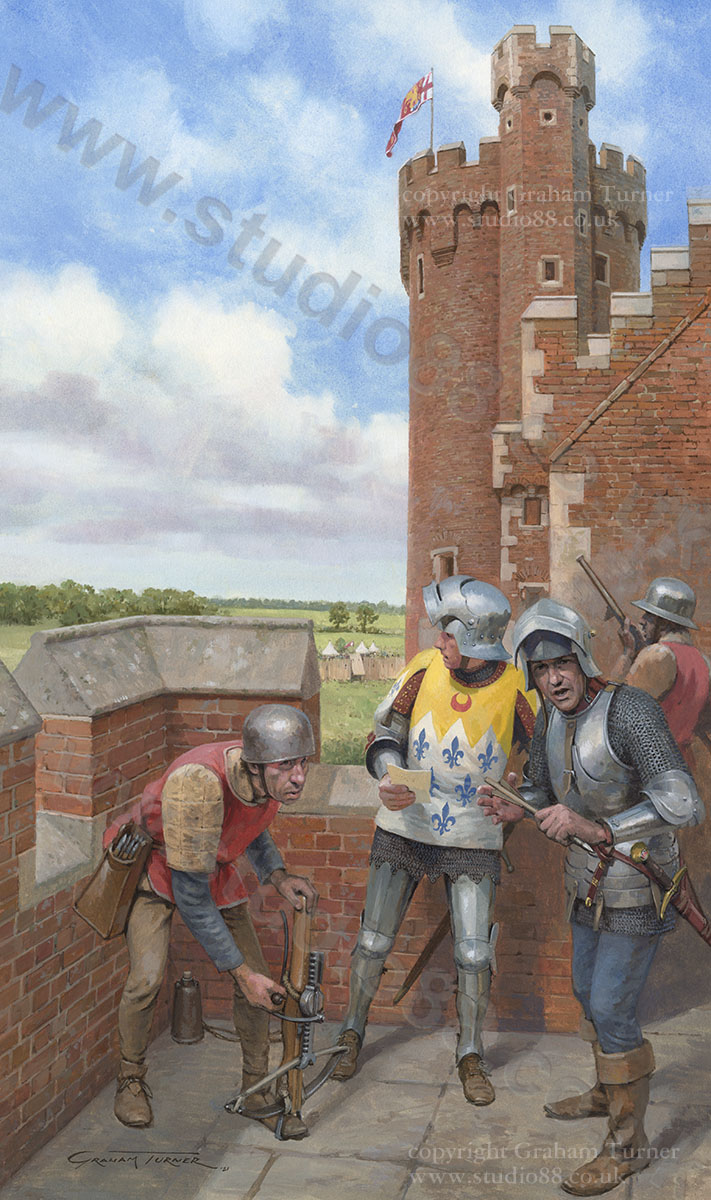
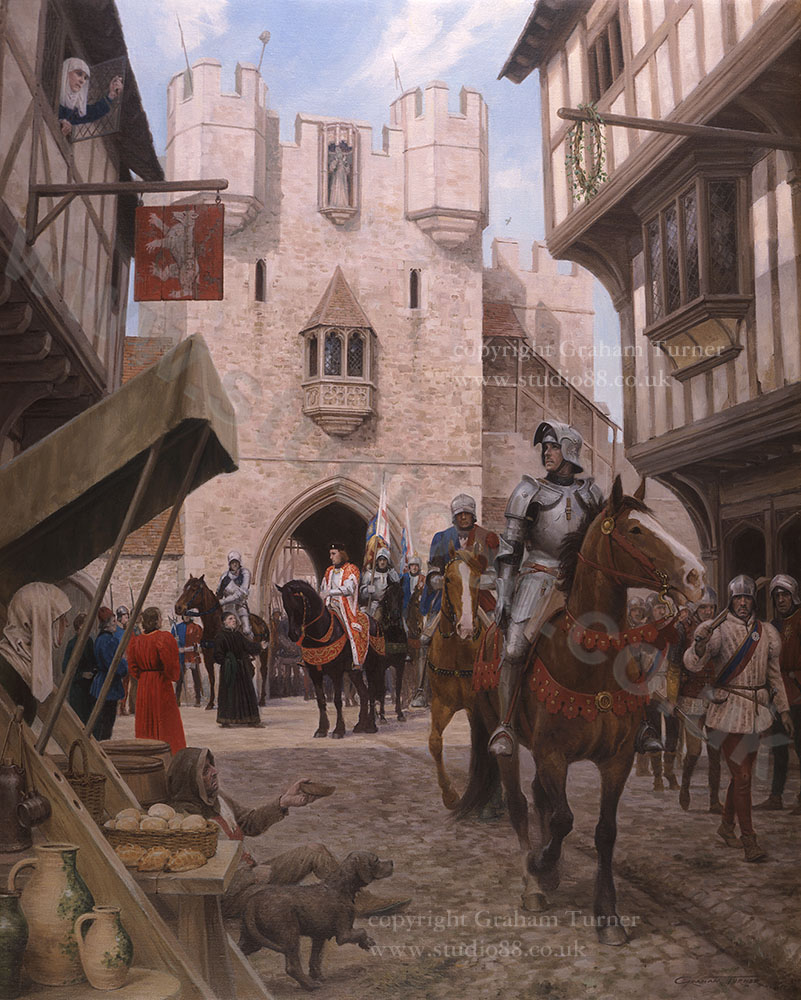
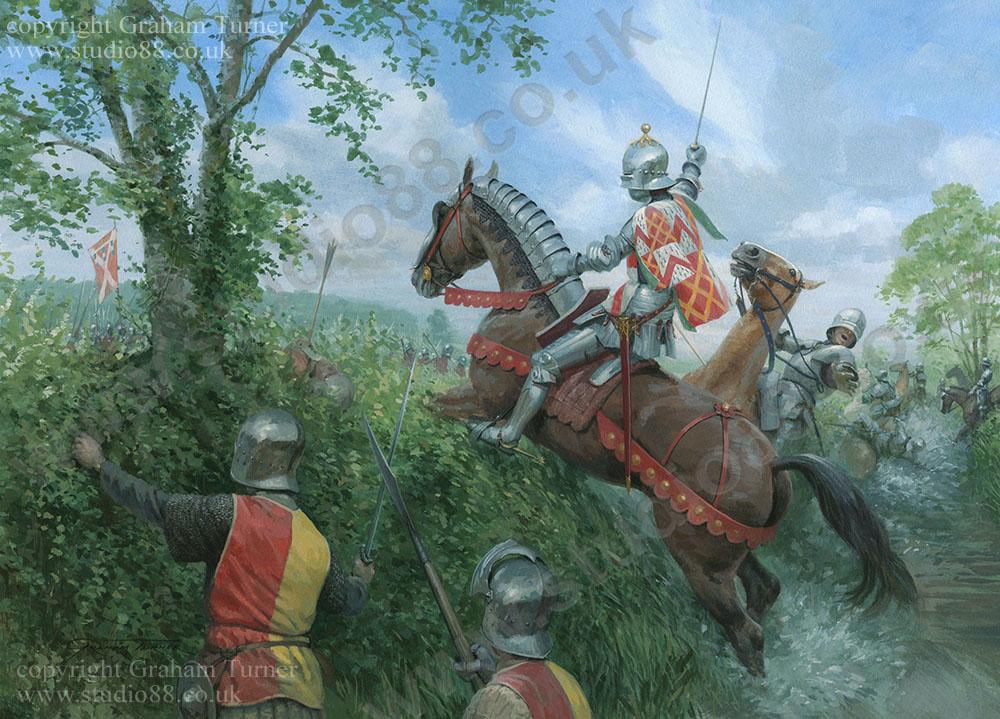
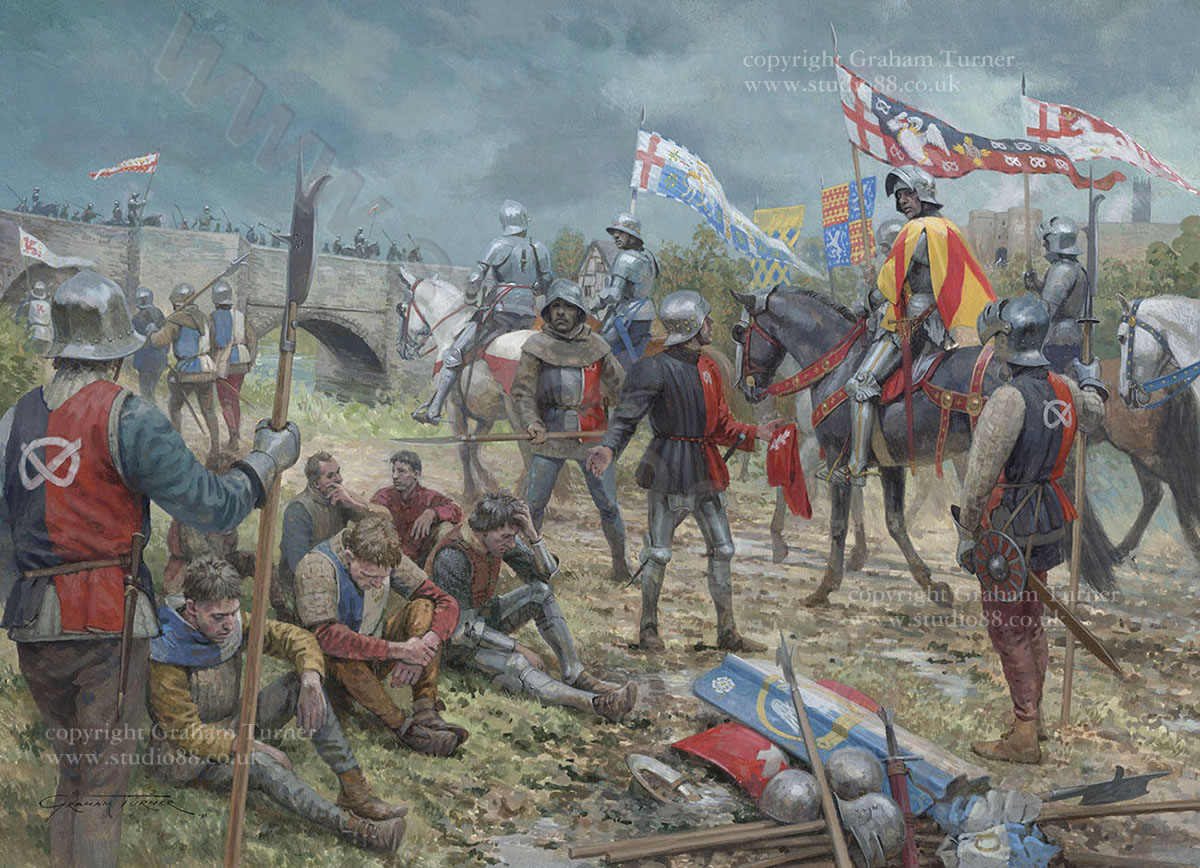
 Lancastrian
Lancastrian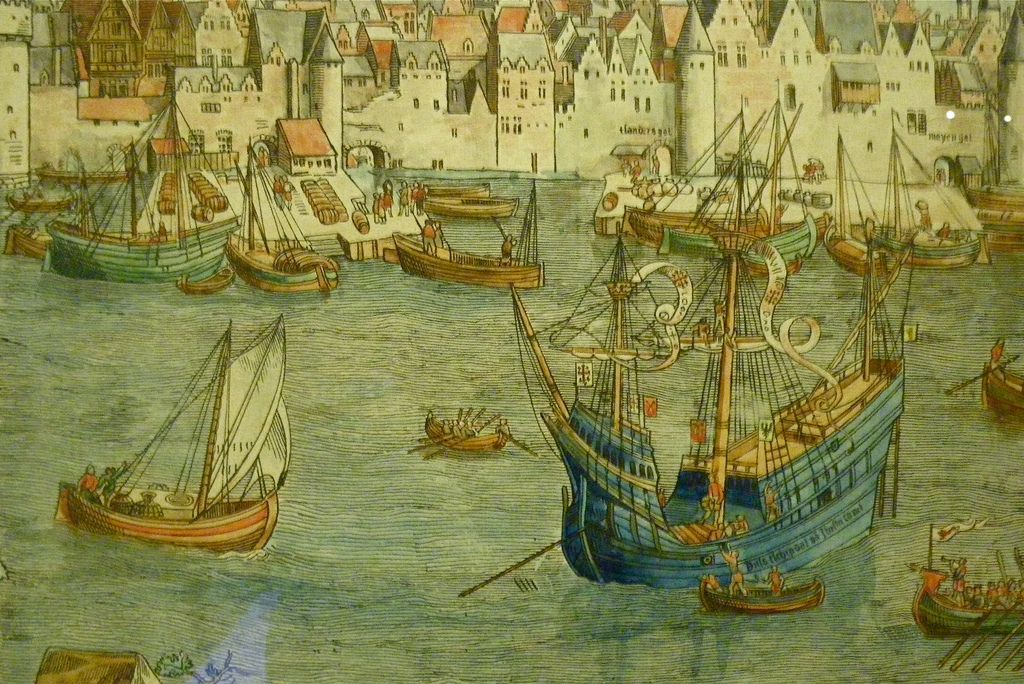



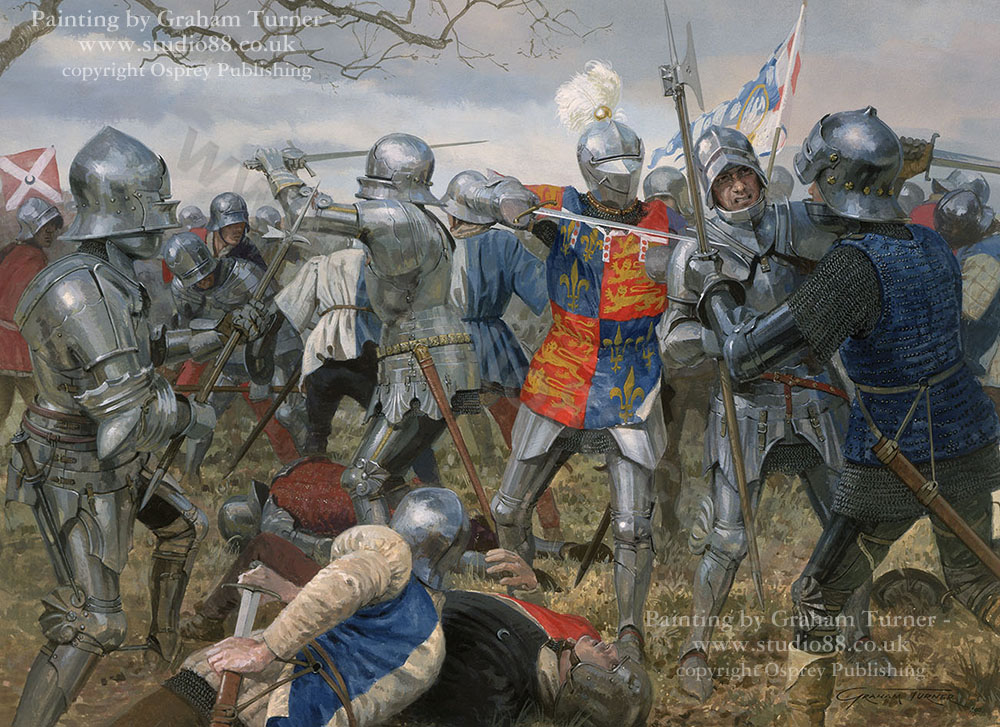
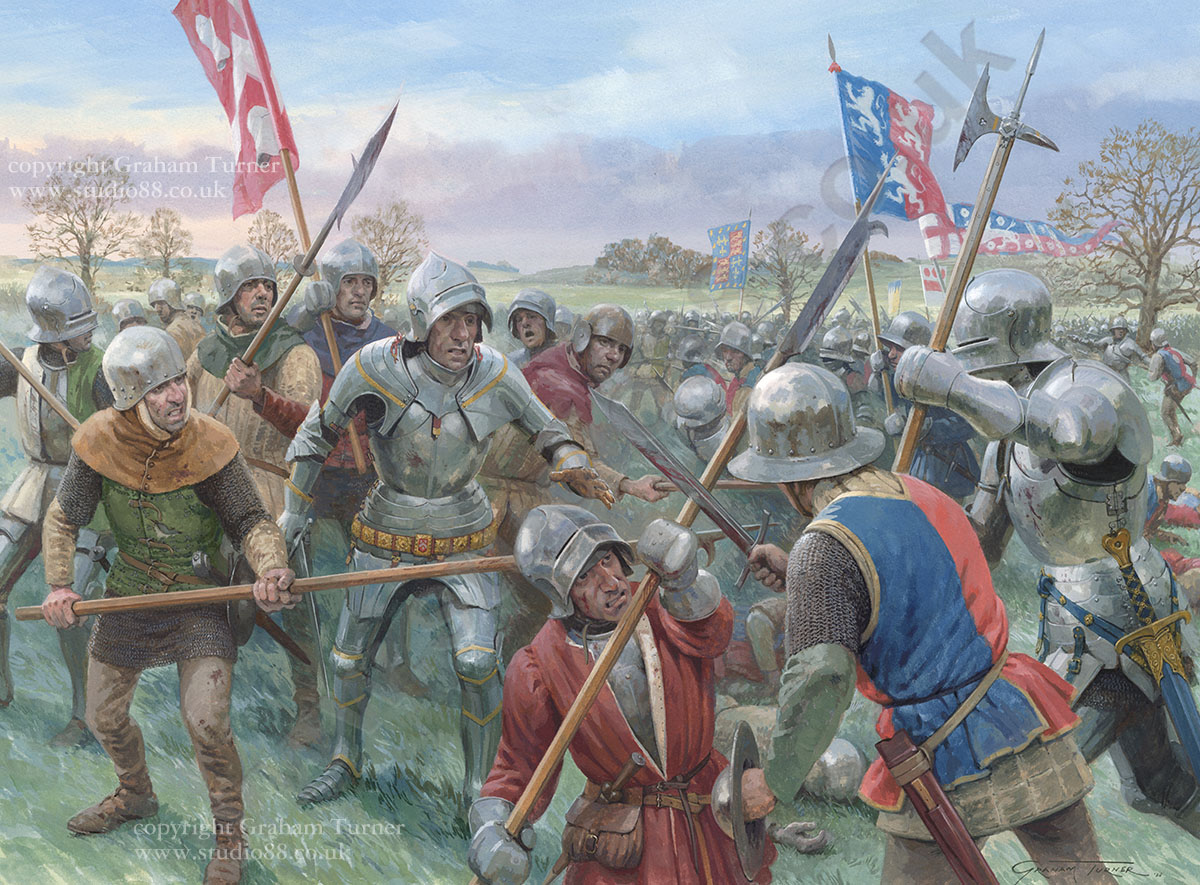
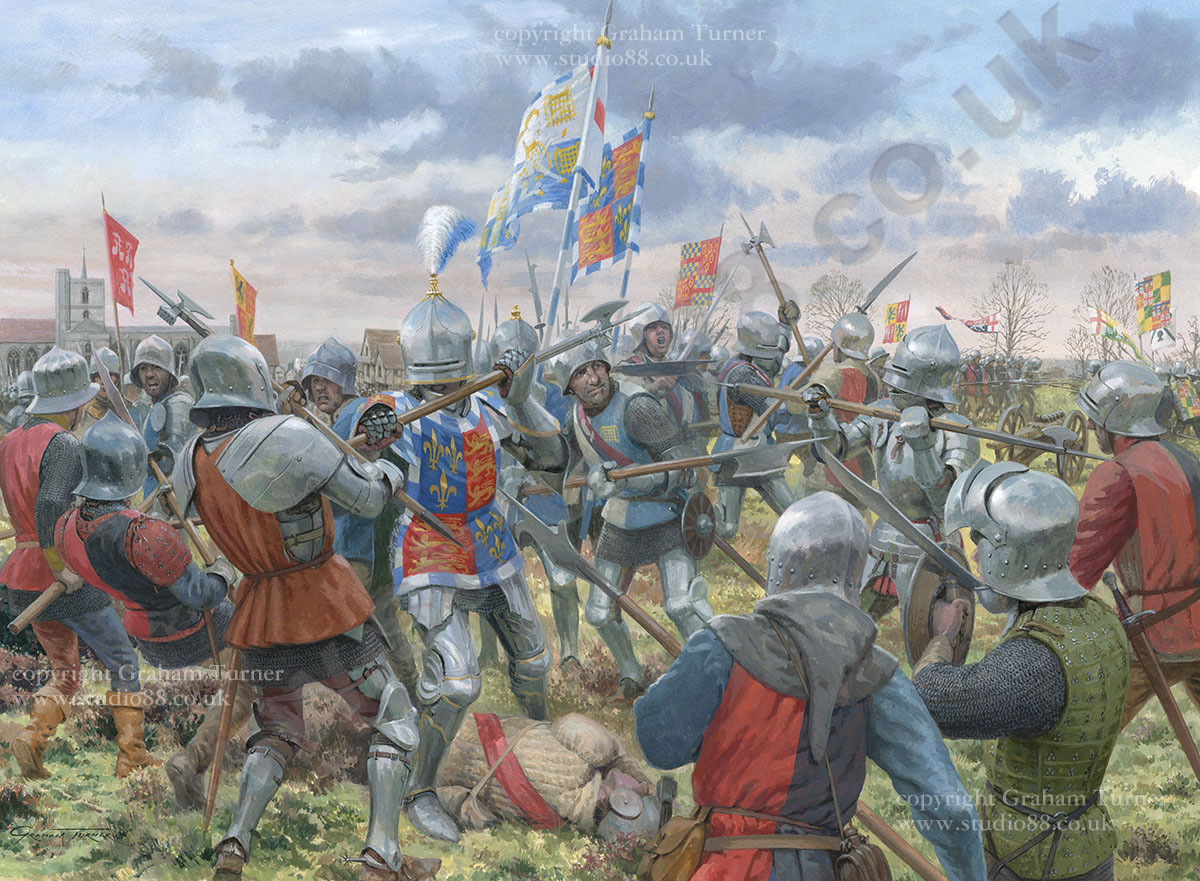
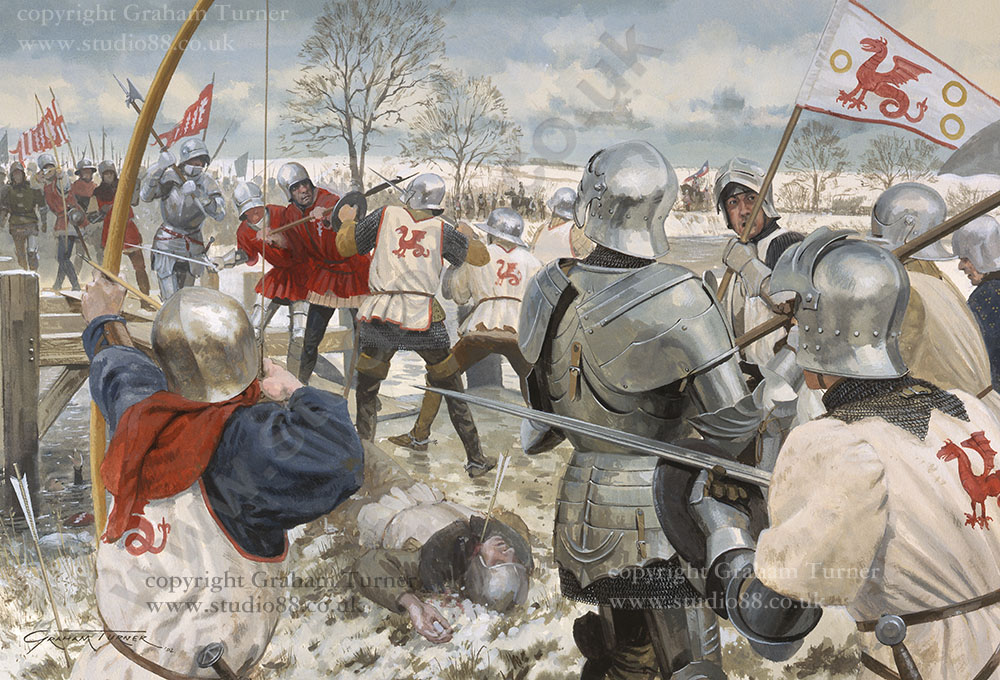
 Inconclusive
Inconclusive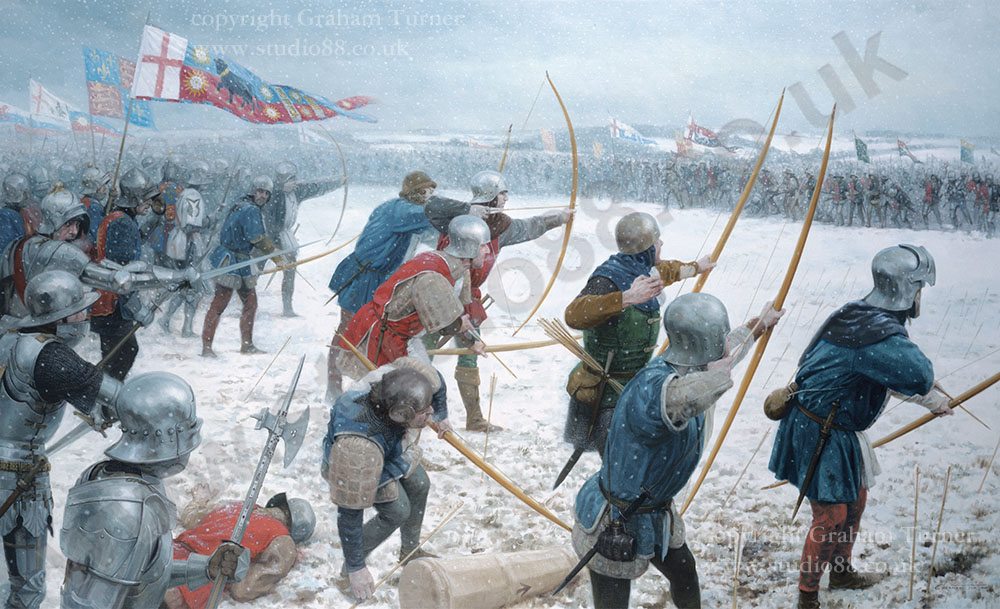

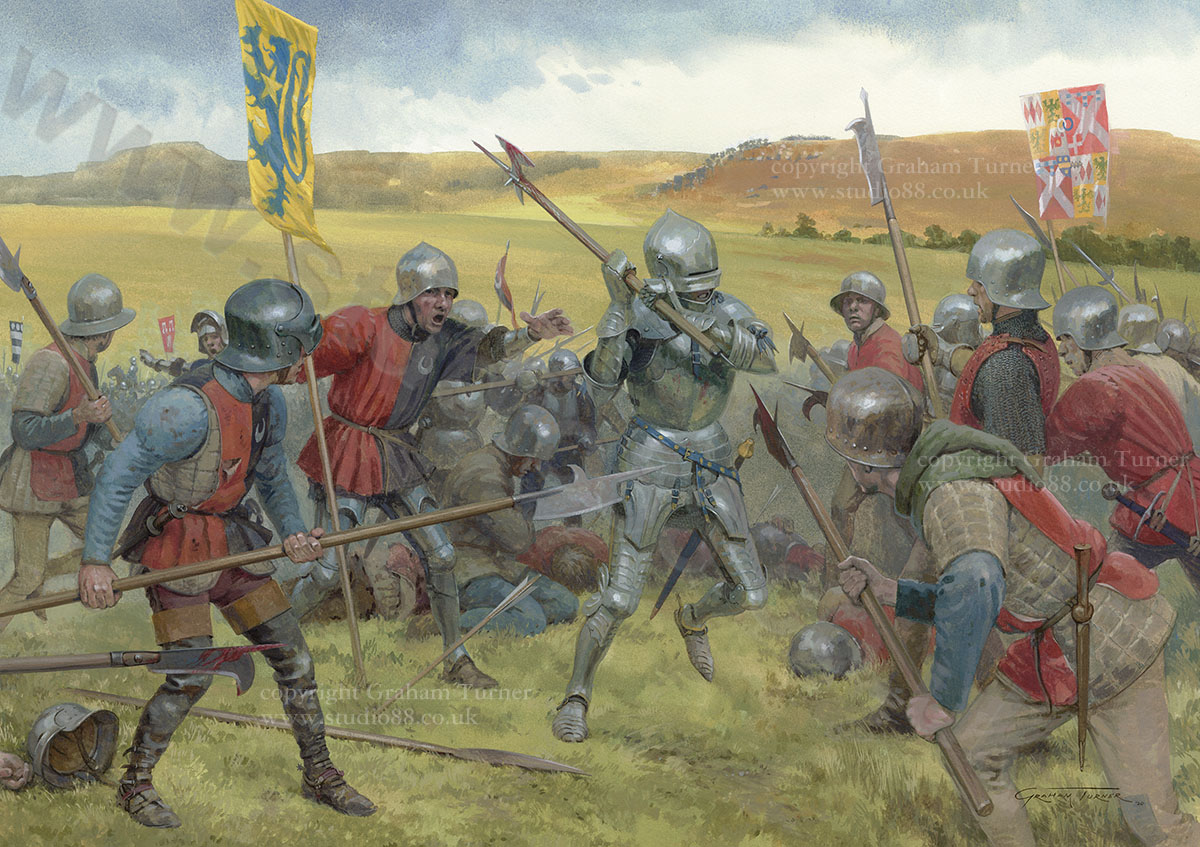
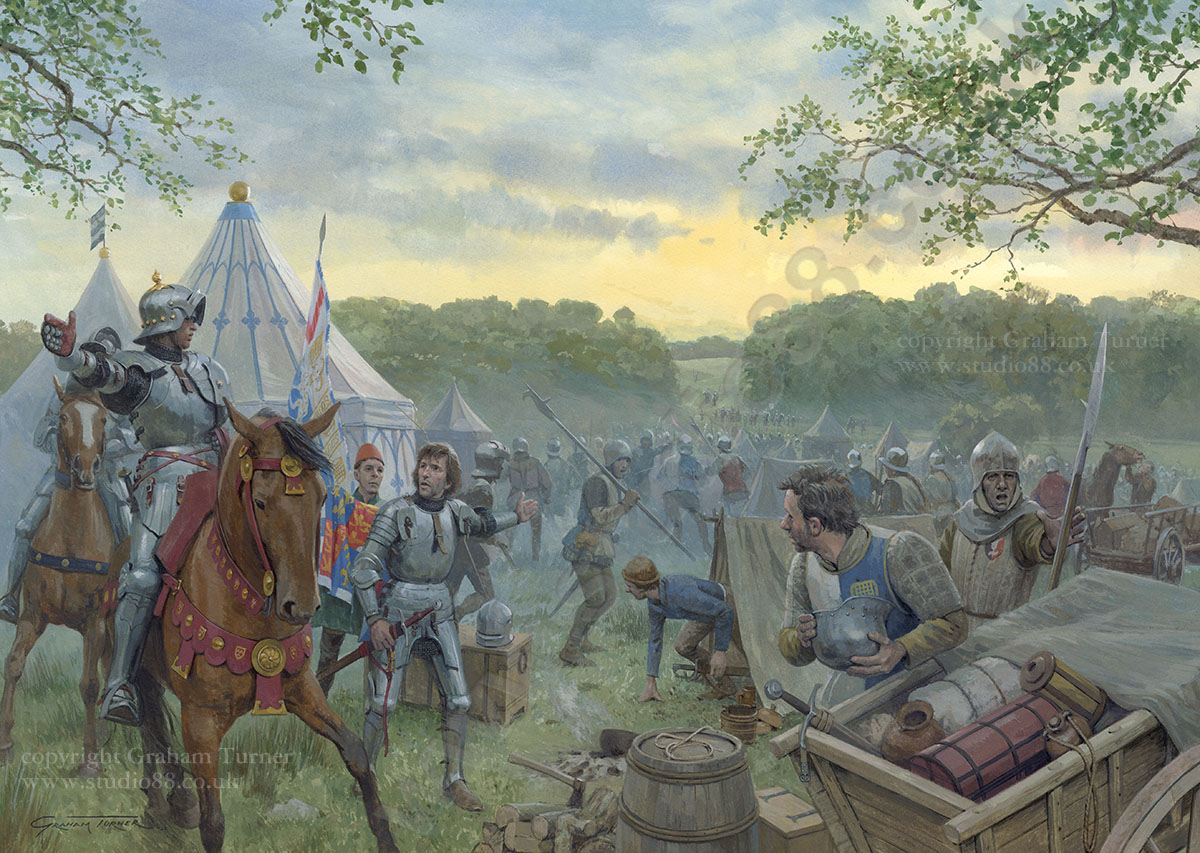


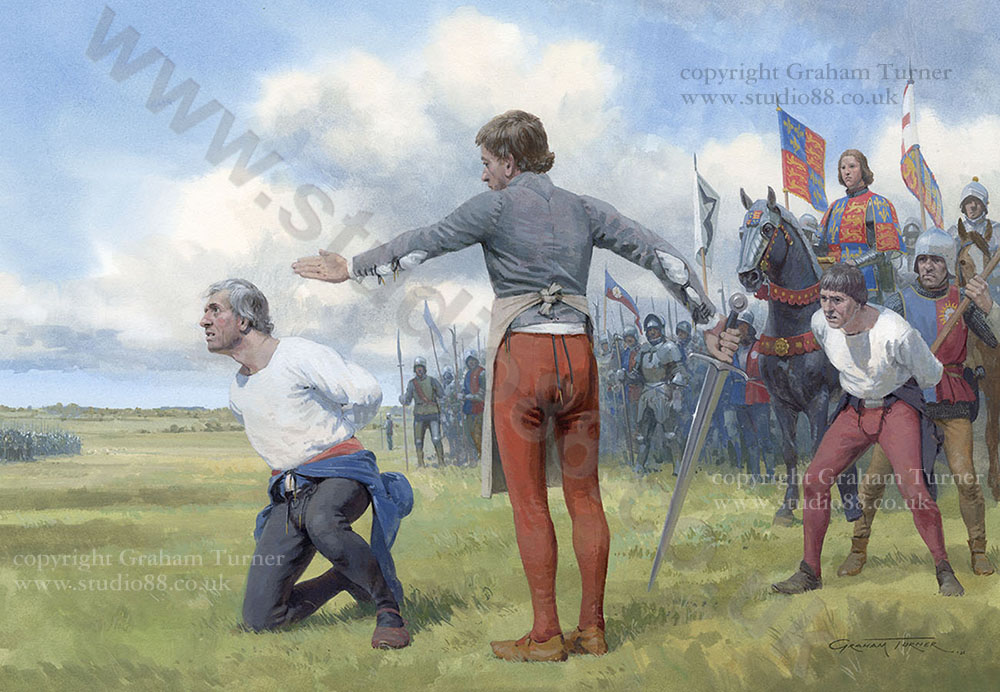




 Tudor
Tudor